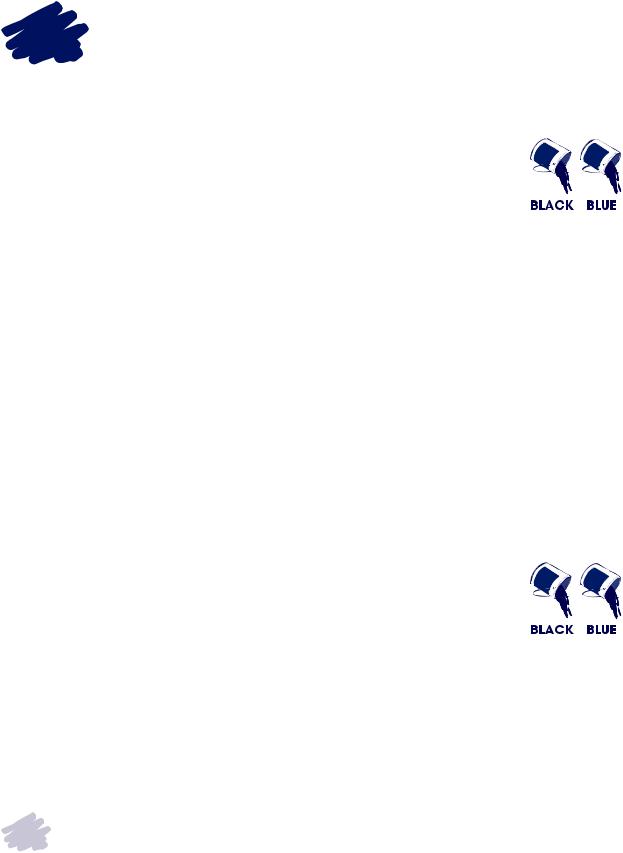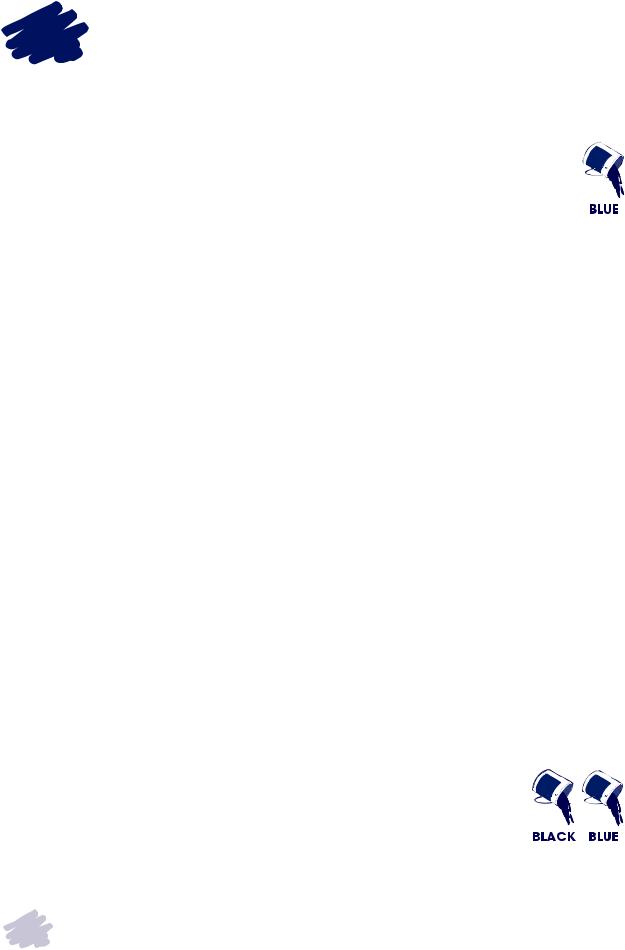
Добавил:
Upload
Опубликованный материал нарушает ваши авторские права? Сообщите нам.
Вуз:
Предмет:
Файл:English Book - Fun With Grammar
.pdf









Worksheet 72: FIND OUT ABOUT A CLASSMATE
|
|
|
|
|
|
|
|
|
|
What is |
|
strong |
What is |
|
|
|
old |
|
|
enough to carry? |
|
enough to do? |
|
|
|
||||
What is |
|
young |
What is |
|
|
|
too young |
|
|
enough to do? |
|
to do? |
|
|
|
||||
What is |
|
too old to |
What is |
|
|
|
tall |
|
|
do? |
|
enough to do? |
|
|
|
||||
What is |
|
too short |
What is |
|
|
|
crazy |
|
|
to do? |
|
enough to do? |
|
|
|
||||
What is |
|
too shy to |
What is |
|
|
|
too smart |
is permitted. |
|
do? |
|
to do? |
|
|
use |
||||
|
|
|
for classroom |
||||||
|
|
|
|
|
|
|
|
|
|
What is |
|
too tired |
What is |
|
|
|
too |
DuplicationRegents.Hall |
|
to do? |
|
nervous to do? |
|
|
|
||||
What is |
|
hungry |
What does |
|
|
have |
Prentice1997© |
||
enough to eat? |
|
enough money to buy? |
|
|
|||||
|
|
|
|
||||||
238 Fun with Grammar
Соседние файлы в предмете [НЕСОРТИРОВАННОЕ]
